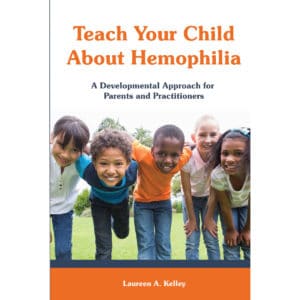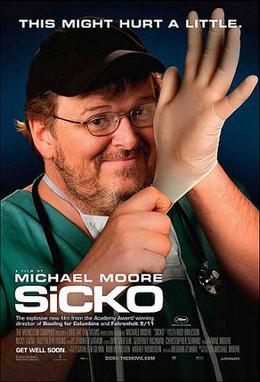Making healthy habits stick, with help from BleedingDisorders.com
This is a paid public announcement from Takeda and does not constitute an endorsement of products or services. When you click on the links in this blog entry, you will be directed to the Takeda website. LA Kelley Communications always advises you to be a savvy consumer when contacting any company; do not reveal identifying information against your will.
With everything that life throws at you, it’s not always easy to make healthy habits stick. But for people with a bleeding disorder, diet and exercise are two important ways you can help keep your body—and especially your joints—healthy.1,2
Here are a few quick tips from BleedingDisorders.com that could help you maintain a healthy weight and prevent joint damage.
Eating right and staying strong
An apple a day might not actually keep the doctor away, but eating right is a key element of living a healthy lifestyle. And that might be even more true for people living with bleeding disorders.1
While there isn’t a special diet recommendation for people with bleeding disorders, many of the same guidelines from the USDA apply: more fruits and veggies, less solid fat and sugar.3 But that doesn’t mean you can’t eat the foods you love. Try looking up new recipes that include more healthy ingredients. Cauliflower pizza crust might be your new weeknight favorite!
You can get more info about healthy eating habits at BleedingDisorders.com. And before starting any diet, remember to check with your healthcare provider (HCP) or Hemophilia Treatment Center (HTC).

To keep your body healthy, keep it moving
Exercise is another key aspect of maintaining joint health and staying at a healthy weight.2 While people with bleeding disorders used to be discouraged from participating in sports, modern treatment means that many people can continue to be physically active. In fact, it’s encouraged.2,4
Keep in mind that not all physical activities may be safe for you to do. The National Hemophilia Foundation’s Playing It Safe pamphlet includes a helpful list of physical activities and the level of risk associated with them.4 Here are some examples of low- and high-risk activities.

This is another area where it’s important to talk with your HCP or get in touch with a Hemophilia Treatment Center before getting started. And if you want more info about different types of exercises and how they may help you, check out BleedingDisorders.com.
Stay connected
Feeling inspired to making some healthier life choices? Your first step might be to get in touch with your Hemophilia Treatment Center, where you can get expert advice about managing a bleeding disorder. Your healthcare provider team can also help with any questions about diet and exercise. And of course, connect with the Bleeding Disorders community on Facebook, Instagram, YouTube, and Twitter, and sign up to get the latest news and updates.
References:
- Thomas Smith K. Weighty matters. HemAware website. January 30, 2015. Accessed January 27, 2021. https://hemaware.org/mind-body/weighty-matters
- Goto M, Takedani H, Yokota K, Haga N. Strategies to encourage physical activity in patients with hemophilia to improve quality of life. J Blood Med. 2016;7:85-98.
- U.S. Department of Agriculture and U.S. Department of Health and Human Services. Dietary guidelines for Americans 2010. December 2010. Accessed January 27, 2021. https://health.gov/dietaryguidelines/dga2010/dietaryguidelines2010.pdf
- Playing it safe: bleeding disorders, sports and exercise. National Hemophilia Foundation. 2017. Accessed January 27, 2021. https://www.hemophilia.org/sites/default/files/document/files/playing-it-safe_0.pdf

Copyright © 2021 Takeda Pharmaceutical Company Limited. Lexington, MA 02421. 1-800-828-2088. All rights reserved. TAKEDA and the TAKEDA logo are trademarks or registered trademarks of Takeda Pharmaceutical Company Limited.
[US-NON-4339v1.0 02/21]






